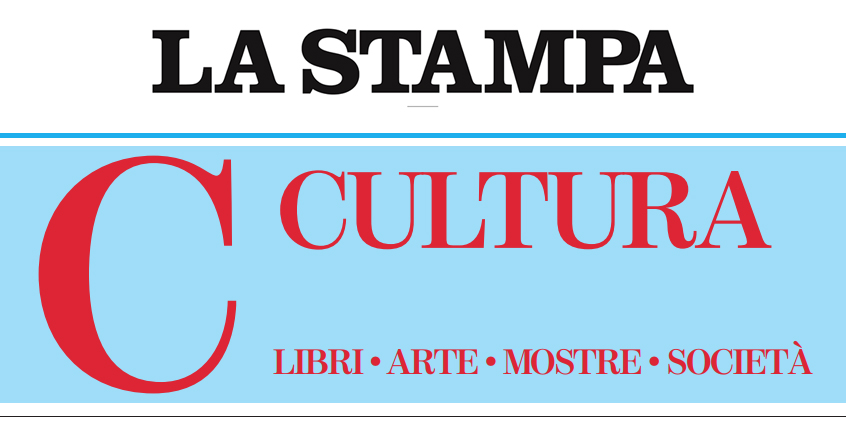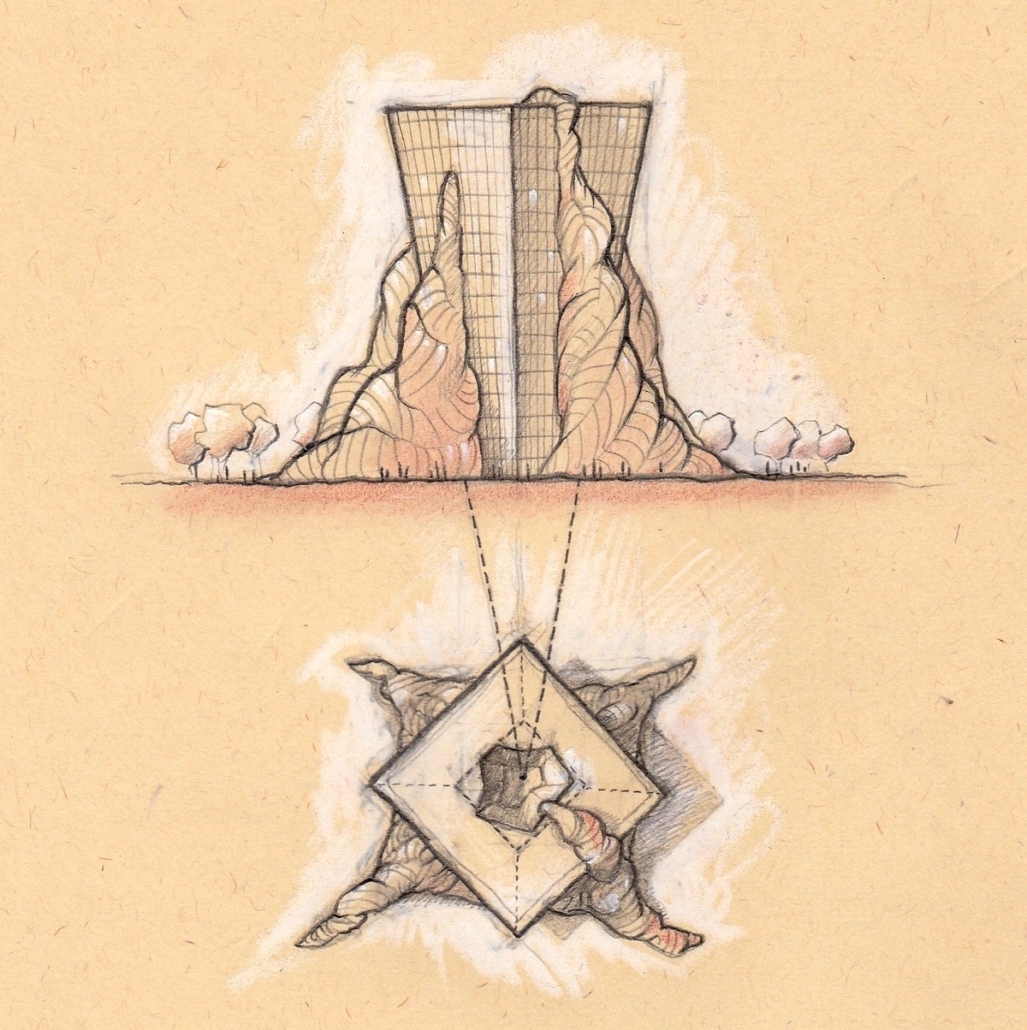
Matteo Pericoli’s book stems from his “Laboratory of Literary Architecture”
From Dostoevsky to Ferrante, drawing becomes a form of alternative reading
by Mario Baudino
Conceiving and drawing houses and buildings starting from great literature is not just a game, although maybe we have even done it, sometimes, fantasizing about a novel or a short story: perhaps, however, we have never gone further on this interpretive road, we have not made it concrete. Matteo Pericoli, on the other hand, has been working on this intuition for years now. He had started out with an idea borrowed from Alice Munro, the Canadian writer much admired for her short stories, who had once described ́”stories” not as roads, that is, not as vector narratives, one-dimensional paths with a beginning and an end, but as ́”houses,” entirely three-dimensional – and to be inhabited, and has now come to construct a book of fantastic texts and buildings, The Great Living Museum of the Imagination (Il Saggiatore) a very elegant book that ideally summarizes a long process of workshops around the world (and started at the Scuola Holden in Turin) and presents a wide range of results: stories turned into buildings, reading as a way of living.
Transfigurations that narrate their relationship with the world as living characters
Many avid readers know that they have often had the experience of ́”falling” into a book, and of changing dimensions. Writers, just as often, invite them to precisely this space-time dislocation, when urban architecture narrates their relationship to the world as if they were characters. The examples are countless, some as memorable as the incipit of Ferragus, the first story of History of the Thirteen, where Balzac gives the floor to the Parisian streets, those disgraced or noble, murderous or “older than certain very old ladies,” respectable, clean or always dirty, working-class, trading; because ́”the streets of Paris have human qualities, and by their physiognomy they imprint in us certain ideas from which it is difficult for us to escape.” He is not the only one, of course. Something like this happens in Dickens (read perhaps Bleak House, where a dilapidated and infamous London street behaves like a human being).
Matteo Pericoli has gone further, that is, he has decided instead to make the works of literature speak as if they were as a whole pieces of architecture, aiming not, as he says in the preface of his book, “at that natural instinct we have to imagine or visualize the settings described in the novel, but at that distinct impression of feeling immersed in a kind of construction that has its own functioning and structure.” Drawings, models, fantastic buildings, like Calvino’s cities, are in turn embedded in a super-architecture, that of the “book-museum” (“This is not a book like any other,” he writes, “It is a building”) that houses them: without temptations of “realism” or flat verisimilitude. If we take Heart of Darkness, the magnificent Conradian tale, it is certainly not transformed or described as a hut in the forest: instead, the building into which it is transformed is an inverted pyramid down to many feet below the ground. So for the twelve authors on whom Pericoli worked: they are not arranged as nativities, but as symbolic transfigurations.

Elena Ferrante (My Brilliant Friend) splits into two buildings that perhaps support each other (and this representation, all things considered, is perhaps the most obvious), Dostoevsky’s White Nights becomes a skyscraper tilted above a kind of labyrinthine checkerboard, Beppe Fenoglio’s Ruin is a house entirely made of roots, a building that grows “underground,” Italo Calvino’s The Rampant Baron is something that contains a sense of unbridgeable distance, a house with a gap visible only from above (because as Cosimo Piovasco’s father says, “rebellion is not measured in meters”). There are also, regenerated and displaced with the work of spatial construction, Annie Ernaux, William Faulkner, Junichirο Tanizaki, Kurt Vonnegut, Friedrich Dürrenmatt, Emmanuel Carrère, Juan José Saer, testifying that the process can work on any narrative, on any “story” – with one eye toward the other story, that of architecture, and another toward the possible paradigm of “architecting.”
“We have a natural instinct to imagine and visualize”
“These structures you will encounter,” Pericoli writes, “will take the form you want them to … that is, the form based on your reactions, intuitions and ideas. Each one different for each of you, a multiverse of forms.” The result is a very stimulating reading path-because then Pericoli’s Museum of the Imagination is indeed a “museum” but meanwhile it is a book, not a catalog but a history of stories, especially if one thinks of the sometimes casual and ideological use that one tends to make in public discourse of the classics of today and yesterday: a very bad habit because the risk then becomes that of making of them not free and fantastic constructions, but sad and very boring prisons. —
“These stories are fantastic palaces.”
